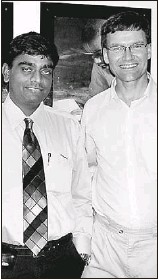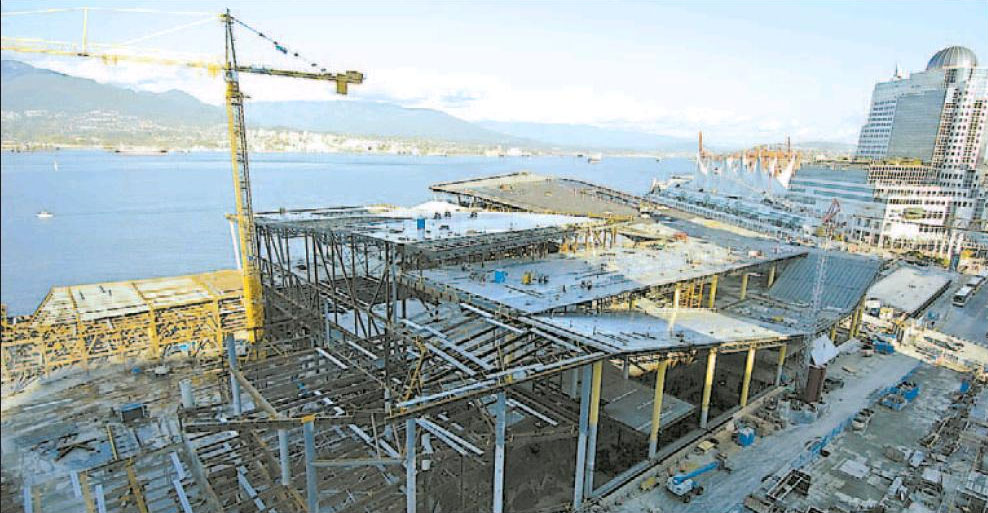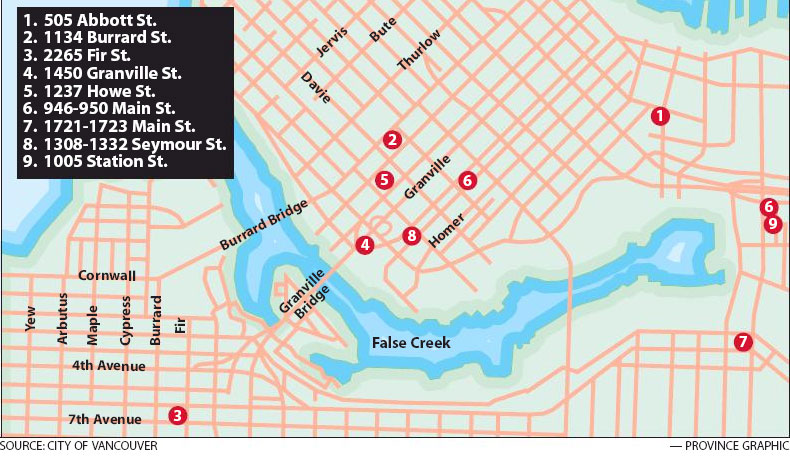Vaughn Palmer
Sun
VICTORIA – Premier Gordon Campbell had a direct hand in the Vancouver convention centre project from the outset.
He, more than anyone else, decided that the expanded convention centre, like the highway to Whistler and the rapid transit line to the airport, would be part of the supporting infrastructure for hosting the 2010 Winter Olympics in Vancouver.
He decided it needed to be ready well ahead of 2010, forcing the project onto a fast track that saw construction begin before plans were complete.
When the province couldn’t find a private sector builder dumb enough to assume the risk in a public-private partnership, Campbell decided that government would go it alone.
When Ottawa wisely insisted on capping its contribution to this overrun-waiting-to-happen, the premier blithely committed the province to absorb every penny of the additional cost.
Campbell wanted it built the way he wanted everything else done, namely his way. So, in February 2003, the premier installed his deputy minister, Ken Dobell, as chair of the convention centre expansion project board and kept him at the helm for four years.
Four years of budget overruns and dubious decision-making, according to this week’s devastating report from the office of the auditor-general.
Not until this past spring — with the project hundreds of millions of dollars over budget — did the government appoint developer David Podmore (“he knows how to build big projects”) to try to get things under control.
Until then, the central role of the premier’s No. 2 was underscored in the project service plans, released annually as part of the government accountability framework. “I am accountable for the contents of this plan,” board chair Dobell would avow, in the written testimonial that accompanied each year’s update of the plan.
“All significant assumptions, policy decisions and identified risks have been considered in preparing this plan,” the statements continued. “I am accountable for delivering on the service plan and for measuring and reporting actual performance.”
Contents. Assumptions. Decisions. Risks. Deliverables. Measuring. Reporting. Dobell was accountable on all those points.
But the buck didn’t really stop with him. Dobell, a consummate public servant, was the premier’s go-to guy. Campbell relied on him, more than anyone else, to get things done, the way he wanted them done, when he wanted them done.
If the project was being ramrodded to ensure it was ready for the 2010 Olympics, it was because Campbell wanted it that way.
If the result was a budget-busting increase in costs . . . well, it is inconceivable that Dobell would not have kept Campbell in the loop every step of the way.
The auditor-general complained, in one of the most damning passages of his report, that “from the beginning of the project the board lacked a member with the appropriate expertise for a project of this specialized nature.”
Campbell wouldn’t have seen the need. He had Dobell. (Other board members included a defeated Liberal candidate and the former president of the party. Choice.)
The Dobell-to-Campbell connection needs to be underscored. As the Liberals run for cover in the wake of the auditor-general’s report, they will do everything they can to shift the blame away from Campbell.
Other cabinet ministers. Other deputy ministers. Project managers. Consultants. Inflation. Evil spirits. Any culprit will do, just as long as the trail doesn’t lead back to the premier’s office.
But that is also why one of the most revealing events in the history of this fiasco was the sod-turning on Nov. 8, 2004.
For the premier himself took charge of the announcement and delivered the words he surely wishes now that he could take back: “There are contingencies built into the project and it’s going to be run professionally. This will be built on time and on budget . . . Count on it.”
Wrong on three counts.
The budget has been revised half a dozen times since Campbell spoke those words.
Construction is almost a year behind schedule. As for “run professionally,” the auditor-general’s report supplies a number of reasons for doubting that claim.
Still, Campbell said it. And it was entirely characteristic for him to be there, taking the spotlight. Every minister in government has been big-footed by the premier at events large and small.
In their private moments, some Liberals may take a certain satisfaction in the prospect that the most damaging quote in this affair was supplied by the guy who insists on being front and centre in everything.
But that’s the downside of being a hands-on premier. When something goes wrong, your fingerprints are all over it.
© The Vancouver Sun 2007





